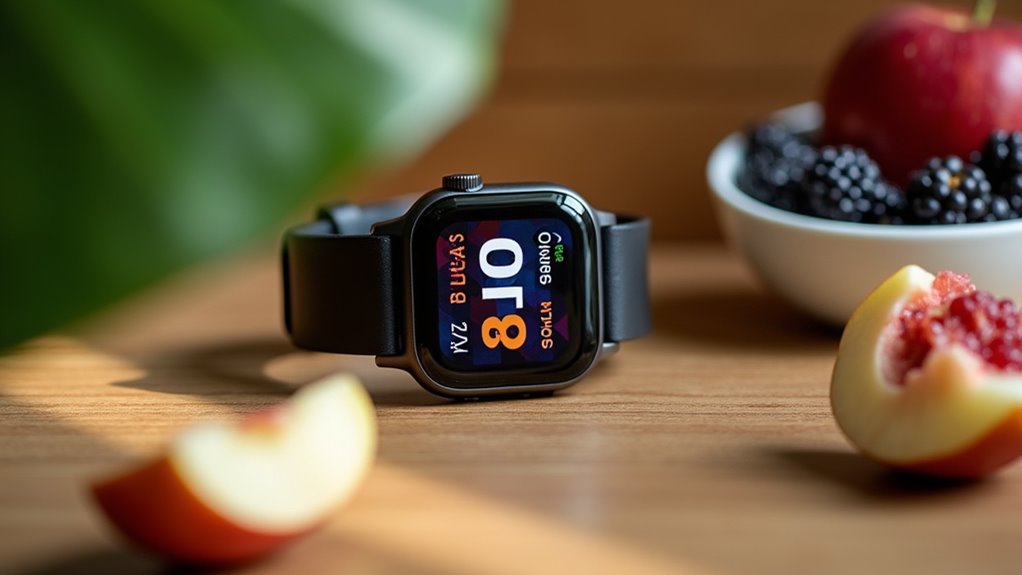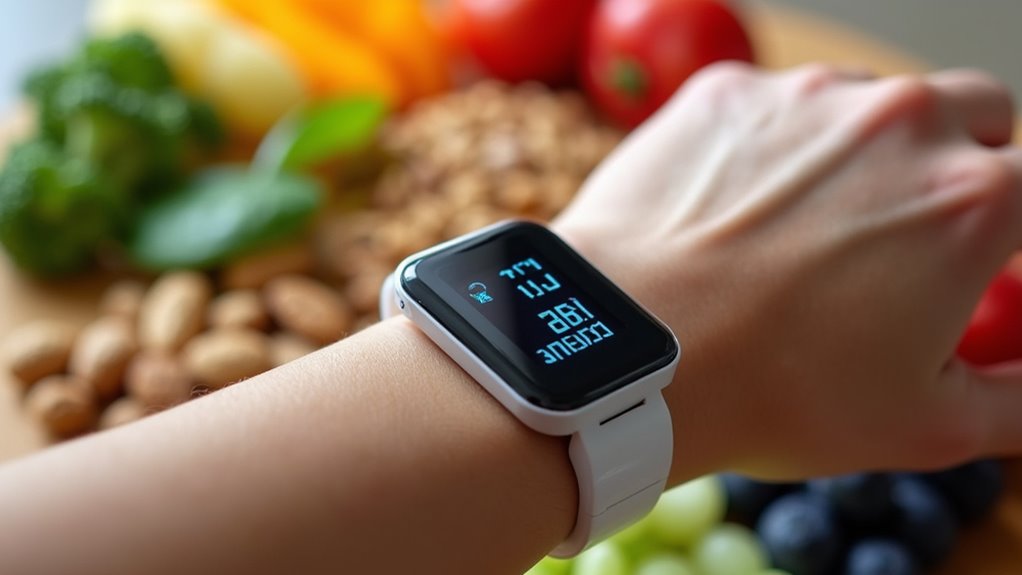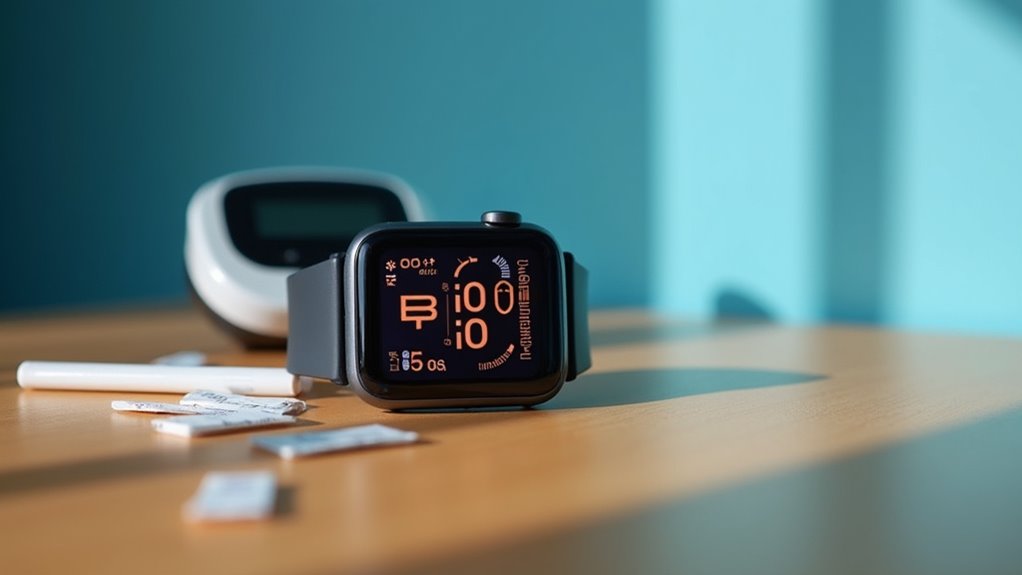While managing Type 2 diabetes has traditionally involved endless finger pricks and doctor visits, smartwatches are changing the game. The technology strapped to wrists worldwide isn’t just telling time—it’s potentially saving lives through something surprisingly simple: exercise adherence.
And let’s face it, getting people to exercise consistently is about as easy as convincing cats to swim.
Research published in BMJ Open shows these gadgets aren’t just fancy step counters. A study involving 125 participants aged 40-75 with recent T2D diagnoses found smartwatches genuinely help patients stick with exercise regimens. The numbers don’t lie. An astonishing 82% of participants stayed engaged after a full year—practically unheard of in health interventions. People hate sticking to things. Except bad habits, of course. Regular muscle glucose absorption during physical activity helps maintain stable blood sugar levels naturally.
The MOTIVATE-T2D program combines the watches with personalized exercise guidance. No gym required. Just move. The devices collect critical data through 3D accelerometers and heart rate monitors, syncing with smartphones for real-time feedback. It’s like having a tiny, judgmental coach on your wrist at all times.
Personalized movement meets pocket-sized guilt trip—all from the device that never lets you forget you could be doing more.
The benefits extend beyond just getting people moving. Participants experienced improvements in blood sugar levels, systolic blood pressure, and cholesterol. Quality of life went up too—both physically and mentally. Who knew a little wrist computer could do all that?
The technology still has room to grow. Future smartwatches aim to integrate blood glucose and pressure monitoring directly. Apple is reportedly developing blood glucose monitoring technology for upcoming smartwatch models. Current models aren’t quite accurate enough for clinical settings yet. Scientists are working on it, though. They always are.
AI integration might eventually enhance these devices further. Imagine your watch not just tracking your health but actually suggesting personalized interventions based on your data. The sweat-analysis plaster developed by Nanyang Technological University represents a promising new direction for wearable health monitoring. The potential applications extend beyond diabetes to other chronic conditions.
For now, the most remarkable thing about smartwatches isn’t their fancy sensors—it’s their ability to motivate people to move more. Sometimes the simplest solutions are the most effective. Who would’ve thought?








